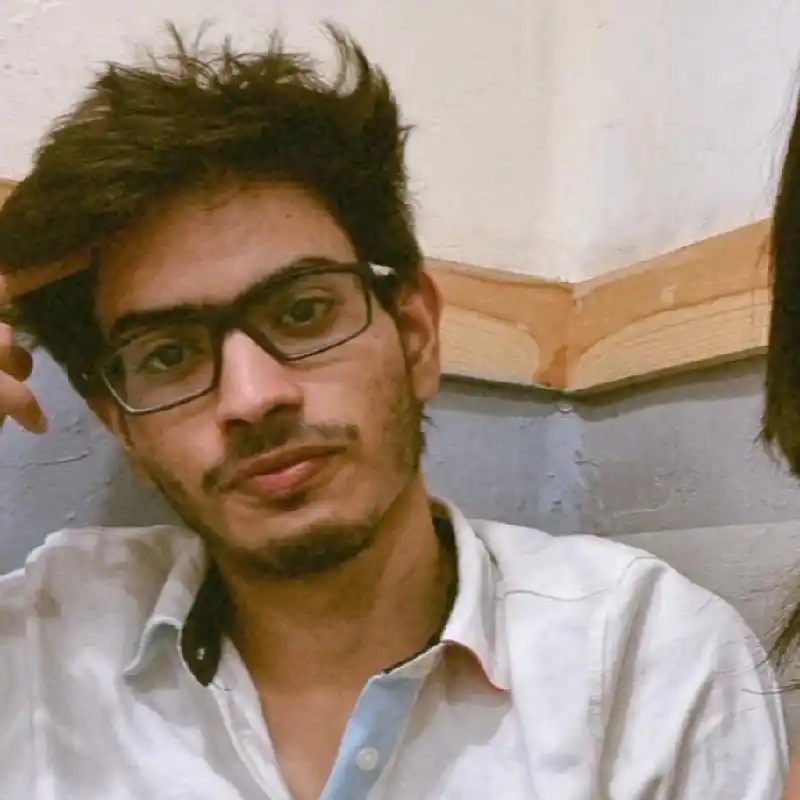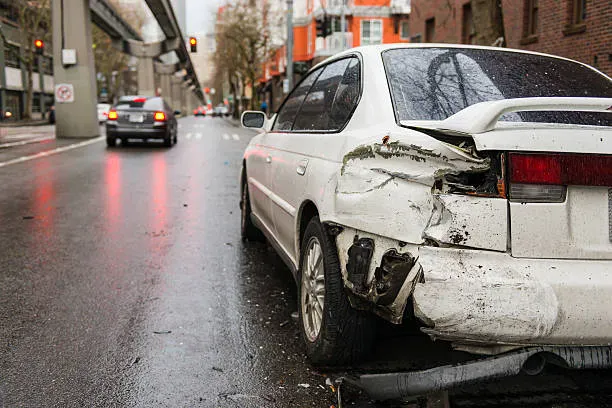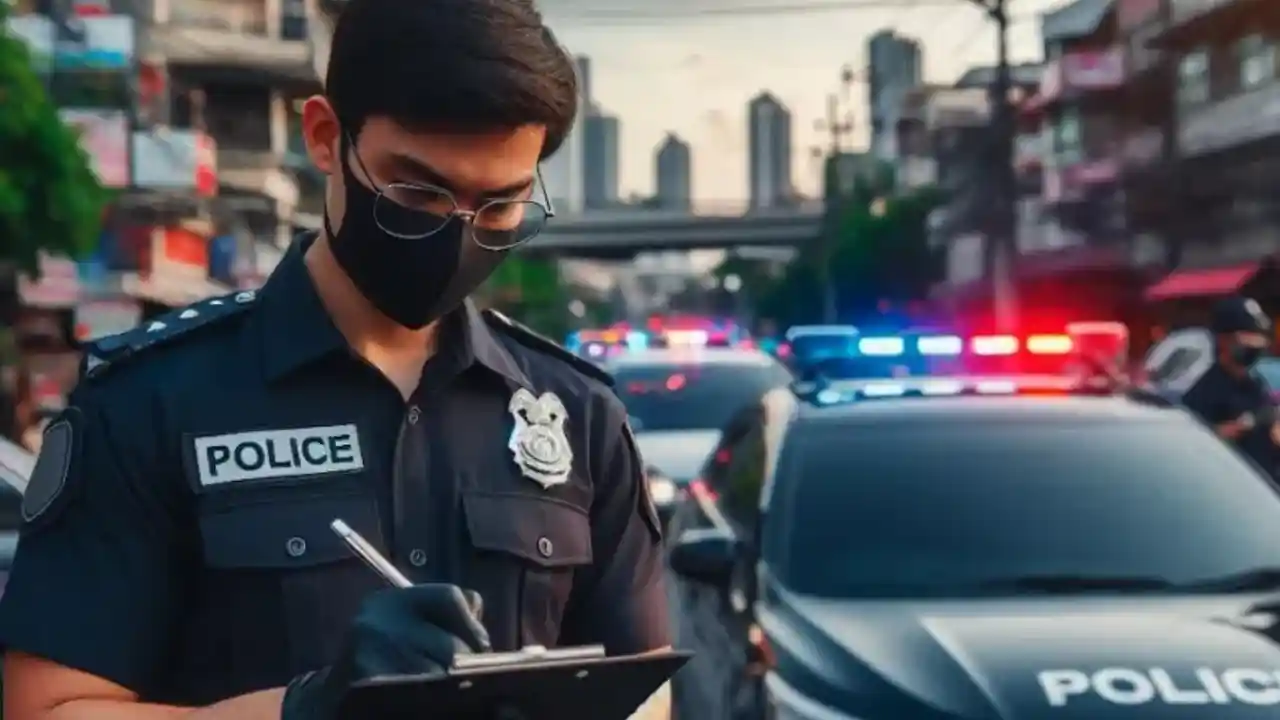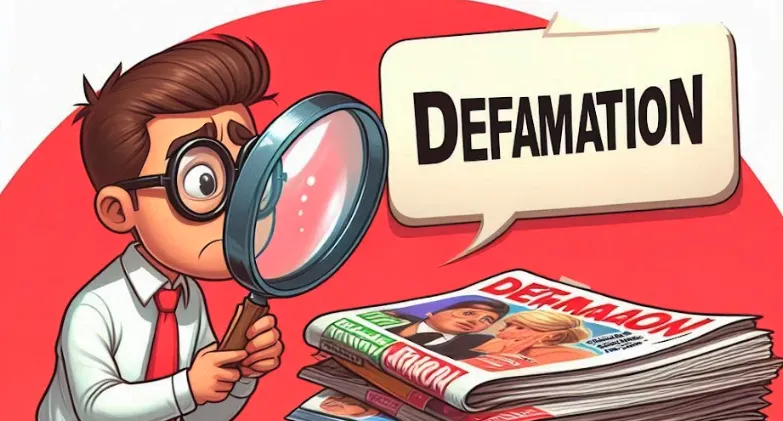Law Of Sedition - Past and Present
Sedition law in India was found in Section 124A of the Indian Penal Code (IPC), created by the British in 1870. It says that any act, speech, or writing that stirs up hatred or disloyalty against the government can be punished with life in prison and a fine.
advertisement
However, under the new Bharatiya Nyaya Sanhita (BNS) sedition is no longer a crime. This change shows a shift towards protecting free speech and encouraging open discussion, while still maintaining state security. Instead, there is a new offence under BNS for acts endangering the sovereignty, unity and integrity of India.
While Section 124A defined sedition as any act or speech that creates hatred or disloyalty against the government, Section 152 of the BNS takes a more specific and careful approach to handling actions against the state.
SEDITION UNDER IPC AND BHARATIYA NYAYA SANHITA: A COMPARISON
In simple language, it can be said that Sedition under Section 124A of the IPC could be applied broadly to suppress freedom of speech and expression, while Section 152 of the BNS focuses on actual threats to public order and violent actions, thus offering better protection for freedom of speech and democratic expression.
Section 152 of BNS doesn’t mention the word “Sedition” in any way to support this move. Some of the comparisons between the understanding of the same law under IPC and BNS are here:
advertisement
| Actions that come under Sedition | Section 124A of Indian Penal Code (IPC) | Section 152 of Bharatiya Nyaya Sanhita (BNS) |
|---|---|---|
| Speech Criticising Government Policies | If someone gives a speech:
They could be charged with sedition for promoting disaffection against the government. | The same speech would not be considered a crime under Section 152, as it does not provoke violence or rebellion. It is an expression of dissent and criticism, which is protected. |
| Violent Protest | If a person manipulates a crowd to violently protest against the government and engage in riots, they would be charged with sedition. | This act would clearly fall under Section 152, as it involves promoting violence and rebellion against the government, posing a real threat to public order and state stability. |
| Writing an article that targets the government and criticises it heavily | An article in a newspaper that harshly criticizes the government's handling of a crisis and calls the government incompetent could be considered sedition. | The same article would not be criminal under Section 152, as it does not promote violence or rebellion. It is a form of free expression and criticism, which is allowed. |
| Social Media Post | Posting on social media to strongly criticize the government and urging people to question its actions might be viewed as promoting dissatisfaction and could result in sedition charges. | The same post would not be penalized under Section 152, unless it specifically calls for violent actions or rebellion against the government. |
This Markdown code will render the content as a table with the necessary formatting for each section.
By having a look at above examples, we can understand that BNS provides a more precise and carefully defined approach to handle actions against the state, aiming to protect freedom of speech while addressing real threats to public order.
LEGAL INTERPRETATIONS OF SEDITION UNDER BNS
The Bharatiya Nyaya Sanhita (BNS) of 2023 has brought many important changes to the legal framework surrounding sedition in India. Here are the key points of recent legal interpretations:
advertisement
1. Replacement of Sedition Law:
The BNS has replaced the old sedition law (Section 124A of the IPC) with Section 152 of the BNS. The new law targets actions that threaten India's sovereignty, unity, and integrity, like:
- Encouraging separatism
- Promoting armed rebellion
- Inciting violent activities like protests or riots
It focuses on deliberate and intentional acts, not peaceful protests or legitimate criticisms.
2. Scope and Punishment:
Section 152 of the BNS includes a broader range of actions, such as spoken or written words, signs, visible representations, and electronic communication that encourage secession or rebellion.
The punishment for these offenses is now harsher, with penalties including life imprisonment or imprisonment for up to seven years, along with a fine. This is stricter compared to the old sedition law, which had lighter punishments for similar offenses.
3. Modern Communications:
The BNS recognizes that modern communication methods can be used to harm national integrity. It includes electronic communications and financial support for subversive activities, ensuring the law covers today's ways of spreading sedition.
advertisement
4. Intent and Clarity:
Unlike the old sedition, which could be applied even to actions caused unintentionally, the new provisions under Section 152 require a clear intent to promote violence or significant public disorder. This change aims to protect legitimate criticism and free speech while addressing real threats to national security.
TYPES OF OFFENSES COVERED UNDER SECTION 152 OF BNS
Section 152 of the Bharatiya Nyaya Sanhita (BNS) covers a range of offenses that are designed to protect the sovereignty, unity, and integrity of India. Here are some key highlights:
- Actions that promote separatism: Any act, speech, or written word that promotes or attempts to incite separation from India is covered. This includes efforts to encourage any region or group to break away from the Indian Union.
- Armed Rebellion: Activities that provoke or attempt to provoke armed rebellion against the government of India fall under this section. This includes organizing, supporting, or participating in armed movements aimed at overthrowing the government.
- Rebellious Activities: Actions that undermine or attempt to undermine the authority of the government through rebellious activities are included. This covers a wide range of actions that threaten the stability and security of the state.
- Endangering Sovereignty, Unity and Integrity: Acts that endanger the sovereignty, unity, and integrity of India are specifically targeted. This includes activities that threaten the country's territorial integrity and political unity.
- Use of Modern Communications and Financial Means: The law specifically includes the use of modern communication methods, like electronic communication, and financial resources to commit these offenses. This makes sure that current ways of inciting and supporting rebellious activities are covered.
- Visual Representation and Signs: The section also covers the use of signs, visual representations, and other non-verbal means to incite the offenses mentioned above.
advertisement
Punishment:
The offenses under Section 152 of the BNS can lead to imprisonment for life or imprisonment for up to seven years, along with a possible fine. These provisions are designed to specifically target and punish actions that pose real threats to the nation's security and integrity, replacing the earlier provisions under IPC which were way more undemocratic and unrealistic.
LEGAL DEFENSES AVAILABLE AGAINST SEDITION UNDER BNS
In the Indian legal system, Section 152 of the Bharatiya Nyaya Sanhita (BNS) deals with serious charges like incitement to secession, armed rebellion, and subversive activities. If you're accused of these crimes, you have specific rights and possible legal defenses.
Some potential defense are:
-
Lack of Intent: One of the key elements of Section 152 is the intent to incite secession, armed rebellion, or subversive activities. The defense can argue that the accused did not have the intent to commit the crime, which is required under the provision.
-
Freedom of Speech and Expression: The defense can argue that the accused's actions fall within the scope of protected speech under Article 19(1)(a) of Constitution of India, which guarantees the right to freedom of speech and expression.
The defense would need to show that the actions did not incite violence or pose a real threat to public order. For example, in landmark cases such as Kedar Nath Singh vs State of Bihar, the Supreme Court of India laid down the principle that only speech or actions that incites violence or have the potential to cause danger to law and order, can be considered seditious.
This principle is expected to guide Section 152 under BNS.
advertisement
- Absence of Clear and Present Danger: The defense can argue that the accused's actions did not clearly and immediately threaten India's sovereignty, unity, and integrity. This argument is based on the idea that speech should only be restricted if it poses a direct and immediate danger.
- Misidentification: The defense can argue that the accused has been wrongly identified as the accused of the offense. This may involve showing evidence, like an alibi, to prove that the accused was not involved in the alleged activities. Alibi is a witness of the accused who confirms in the court that the accused was at a different place at the time of the crime and therefore, cannot be guilty of the same.
- Entrapment: If law enforcement officers persuaded/forced the accused to commit the offense, the defense can argue that they were entrapped and that the crime would not have happened without this persuasion.
- Violation of Procedural Rights: The defense can argue that the rights of the accused were violated during the investigation or trial process. This could include illegal detention, torture, or failure to provide legal representation.
ROLE OF LAW ENFORCEMENT AGENCIES
Under Section 152 of the Bharatiya Nyaya Sanhita (BNS), law enforcement agencies have several crucial roles and responsibilities to ensure the effective implementation of the law while safeguarding the rights of individuals.
advertisement
1. Investigation:
- Law enforcement agencies are responsible for collecting evidence related to acts that incite secession, armed rebellion, or subversive activities. This includes gathering documents, electronic communications, and other relevant materials.
- Agencies may monitor individuals and groups suspected of engaging in activities that threaten the sovereignty, unity, and integrity of India. This includes tracking communications and financial transactions.
- Investigators may question suspects and witnesses to gather information and build a case. They must ensure that interrogations are conducted legally and ethically.
2. Enforcement:
Law enforcement has the authority to arrest individuals suspected of violating Section 152. Agencies can conduct searches of premises to find evidence of subversive activities. They must obtain search warrants and execute them in accordance with the law. A search warrant is like a green light from a judge or magistrate for the cops to go hunting for evidence in a specific place related to a crime.
3. Coordination with Other Agencies:
Law enforcement agencies may collaborate with other national security agencies, such as intelligence agencies, to gather and share information related to potential threats. In cases involving international elements, agencies may work with foreign agencies to address threats that cross national borders.
4. Safeguarding Rights:
Law enforcement must ensure that the rights of the accused are protected, including the right to legal representation and a fair trial. Agencies must be careful against the misuse of Section 152 to suppress legitimate dissent and criticism. They must ensure that actions taken under this section are justified and legal.
advertisement
5. Legal Compliance:
- Law enforcement must follow guidelines set by the judiciary, including those from important cases like Kedar Nath Singh vs State of Bihar. These guidelines state that only actions that incite violence or public disorder can be prosecuted under sedition laws.
- Agencies must maintain accurate records of their investigations and actions taken under Section 152. This includes documenting evidence, procedures followed, and outcomes of cases.
DEBATES AND CONTROVERSIES AROUND SECTION 152 OF BNS
1. Need for Clear Definitions:
Legal experts and civil society groups recommend that the government provide clear and precise definitions of what constitutes an offense under Section 152. This would help prevent illegitimate police actions and protect freedom of speech and expression.
2. Incorporating Judicial Safeguards:
There is a call to include judicial safeguards, such as those suggested by the Supreme Court in the Kedar Nath Singh case, which emphasized that only speech that incites violence or public disorder should be punished under sedition laws.
3. Monitoring and Oversight:
Setting up an independent oversight mechanism to monitor the use of Section 152 could help prevent misuse. Regular reviews and screening of cases filed under this section can ensure it is not used to target legitimate political criticisms.
4. Increased Punishment:
The new section increases the maximum punishment from three years to seven years, and includes life imprisonment for more severe offenses. This harsher penalty has raised concerns about the possible stricter treatment of political dissent and activism.
advertisement
FREQUENTLY ASKED QUESTIONS (FAQs)
1. What actions are considered offenses under Section 152 of the Bharatiya Nyaya Sanhita (BNS)?
In Section 152, we've got a list of things that can put India's sovereignty, unity, and integrity at risk. These include trying to get people to break away from India, starting armed rebellions, doing sneaky stuff to cause trouble, and using words, symbols, pictures, the internet, or even money to support separatist groups.
2. What are the penalties for violating Section 152?
The penalties under Section 152 include imprisonment for life or imprisonment for up to seven years, along with a possible fine. The intensity of the punishment depends on the nature and impact of the offense.
3. What are the procedural safeguards to prevent misuse of Section 152?
The safeguards include:
- Making sure charges are supported by solid evidence.
- Having higher judicial authorities oversee the process.
- Applying principles from the Kedar Nath Singh case to tell the difference between valid criticism and inciting violence.
4. Can peaceful protests be prosecuted under Section 152?
No, peaceful protests and legitimate criticism of the government are not to be prosecuted under Section 152. The law targets actions that incite violence, armed rebellion, or pose a real threat to national security.
5. How can citizens ensure their rights are protected under Section 152?
Citizens can ensure their rights are protected by being aware of the legal definitions and scope of Section 152, seeking legal advice, and understanding the procedural safeguards in place.
advertisement
REFERENCES
- Comparisons between Section 124A of IPC and Section 152 of BNS
- Sedition under new Act
- Concerns around Sedition under BNS law
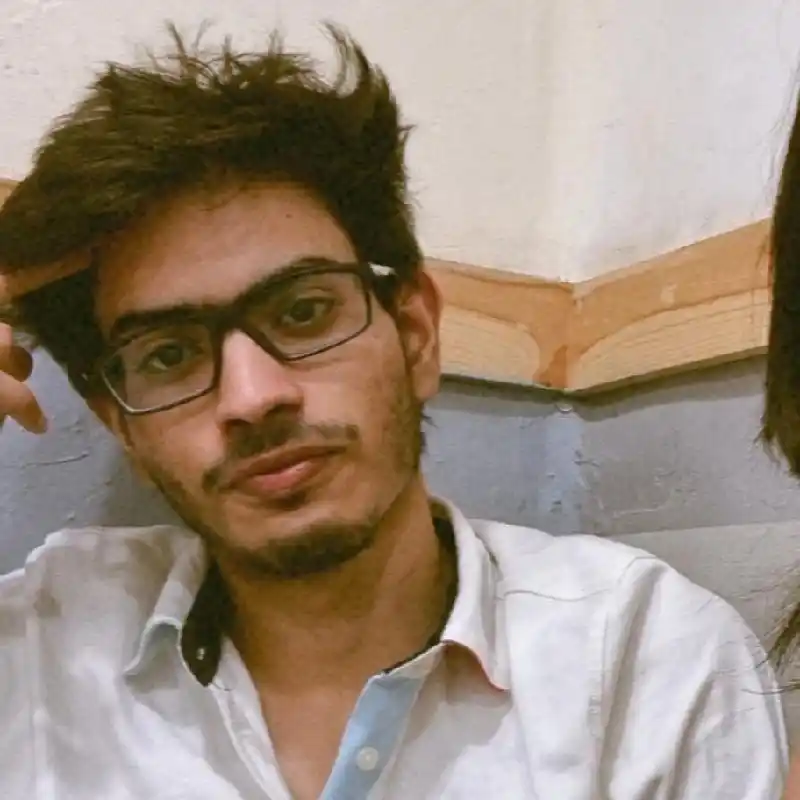
Written by Shubhankar Krishnan
A Delhi University graduate and a 1st Year Law Student, gaining experiences in areas under General Corporate, litigation and Intellectual Property Rights.
advertisement
Further Reading
advertisement
